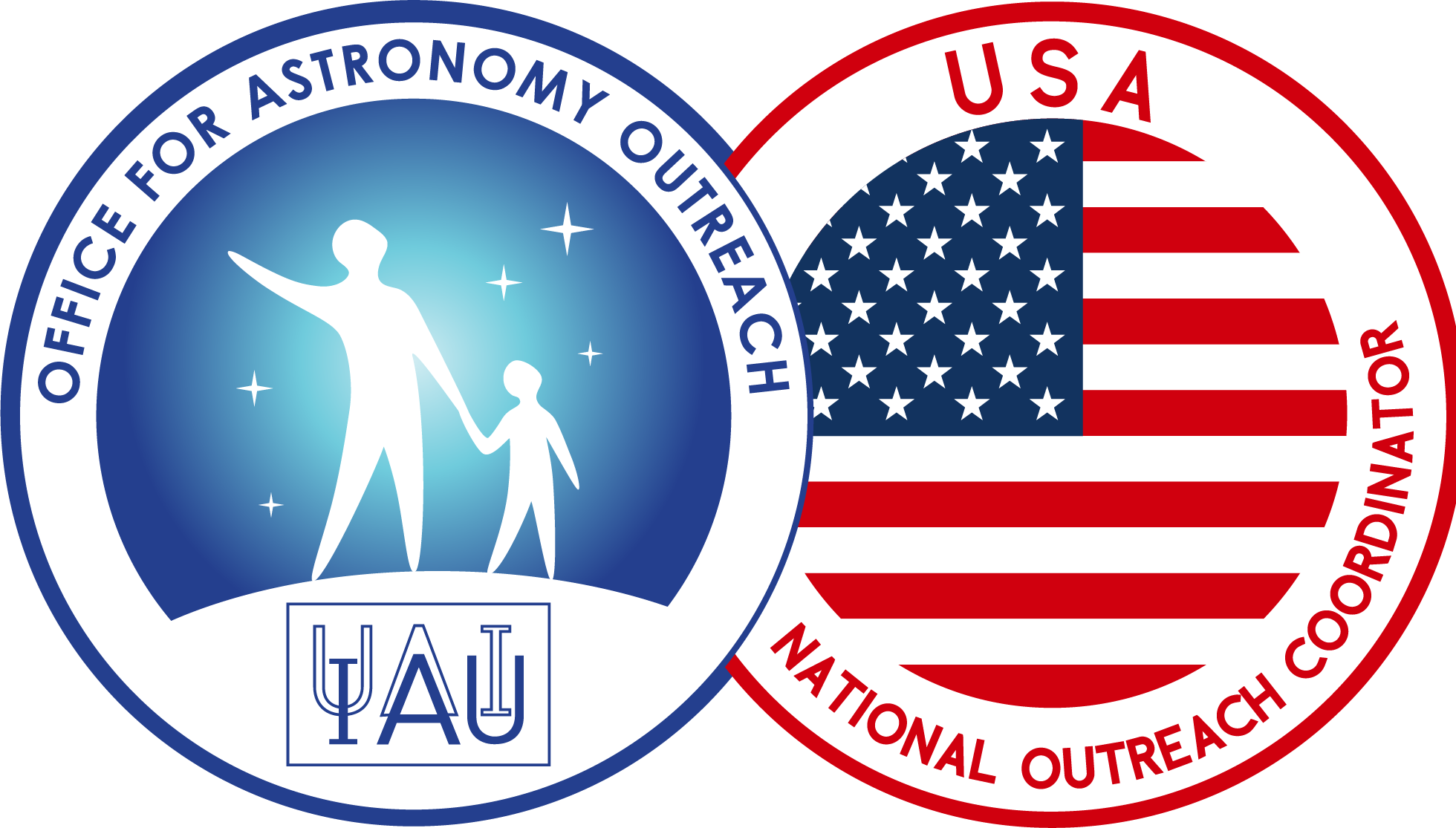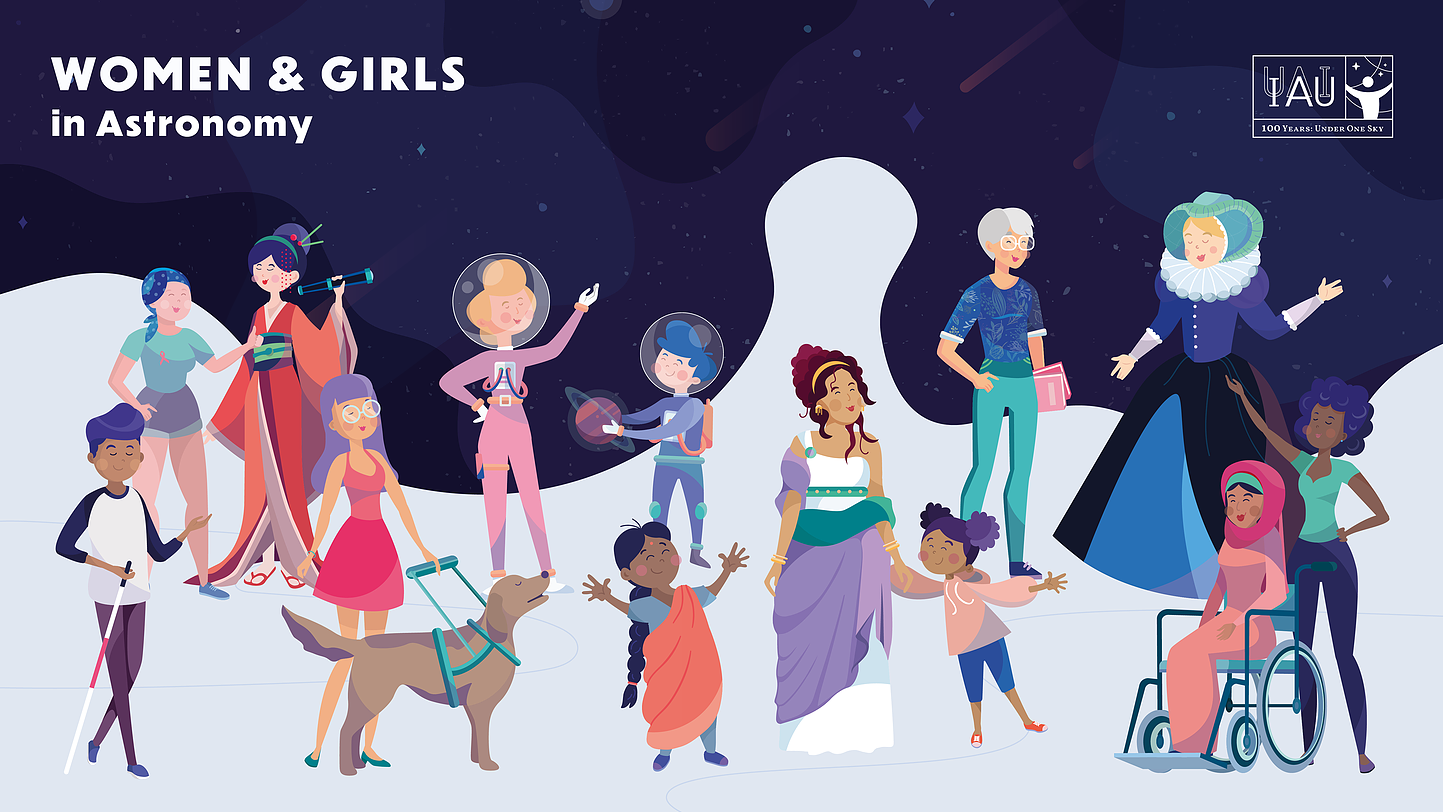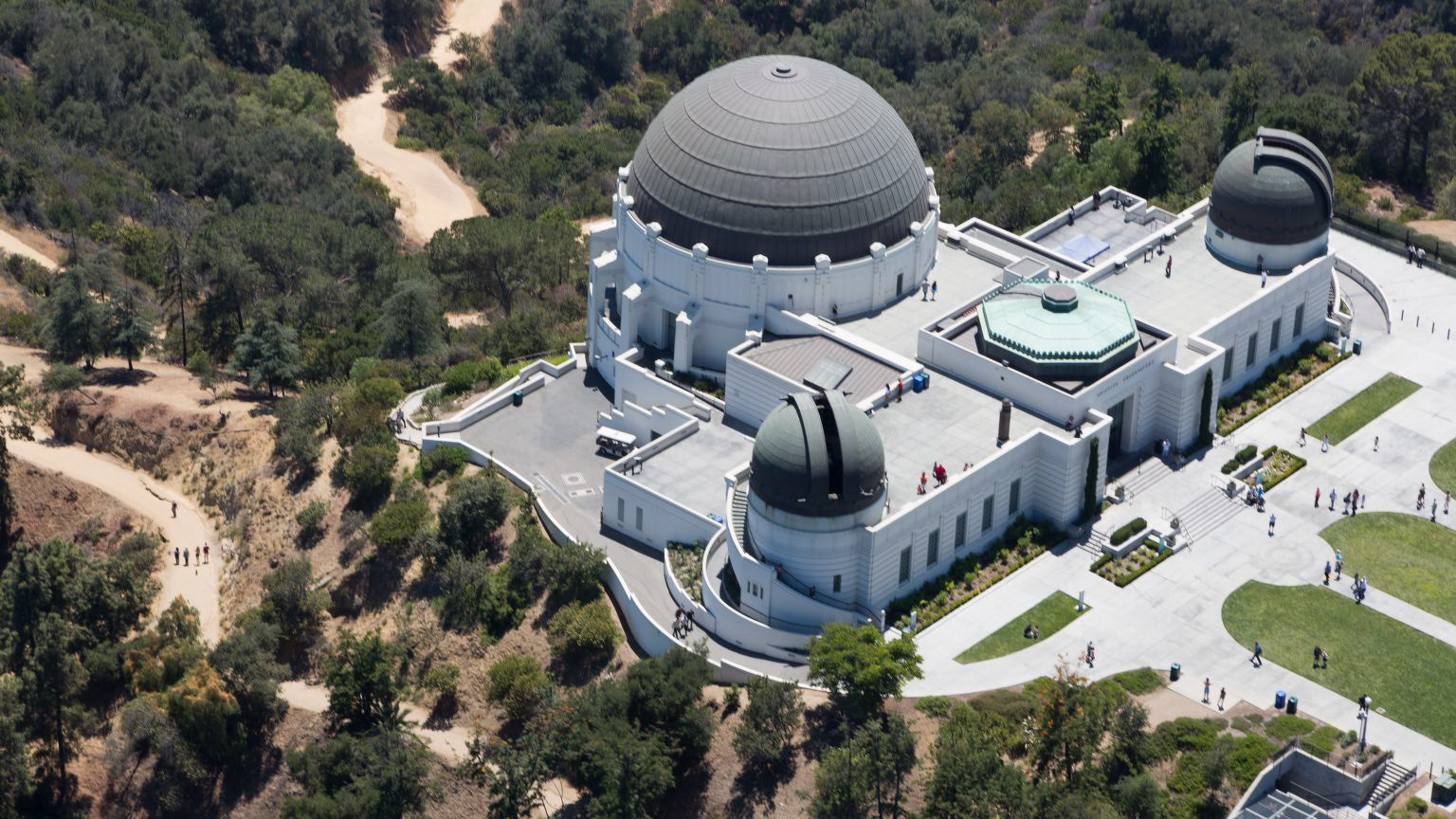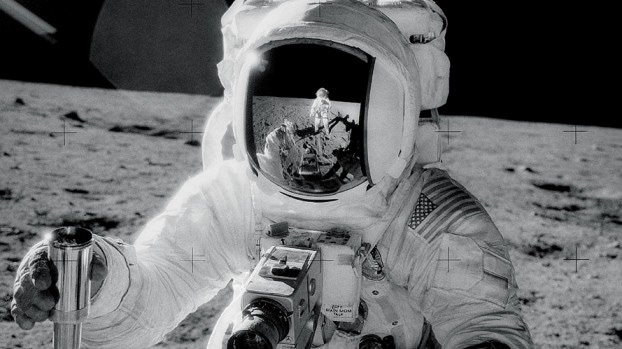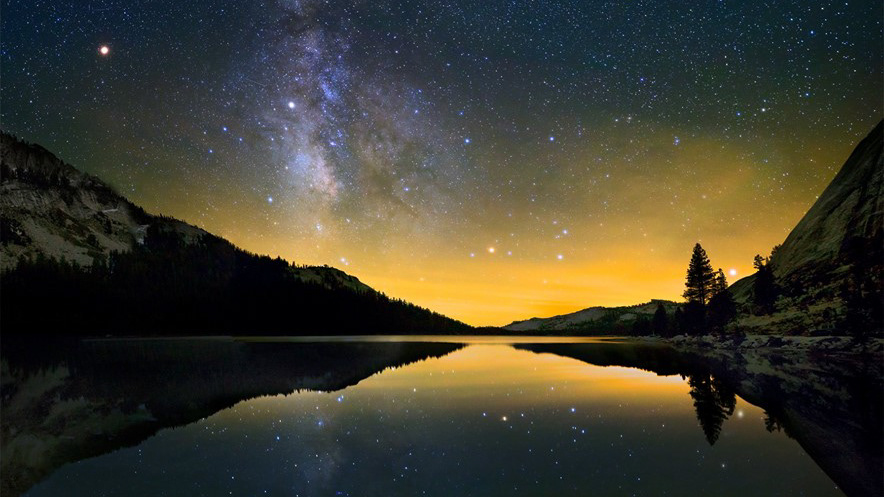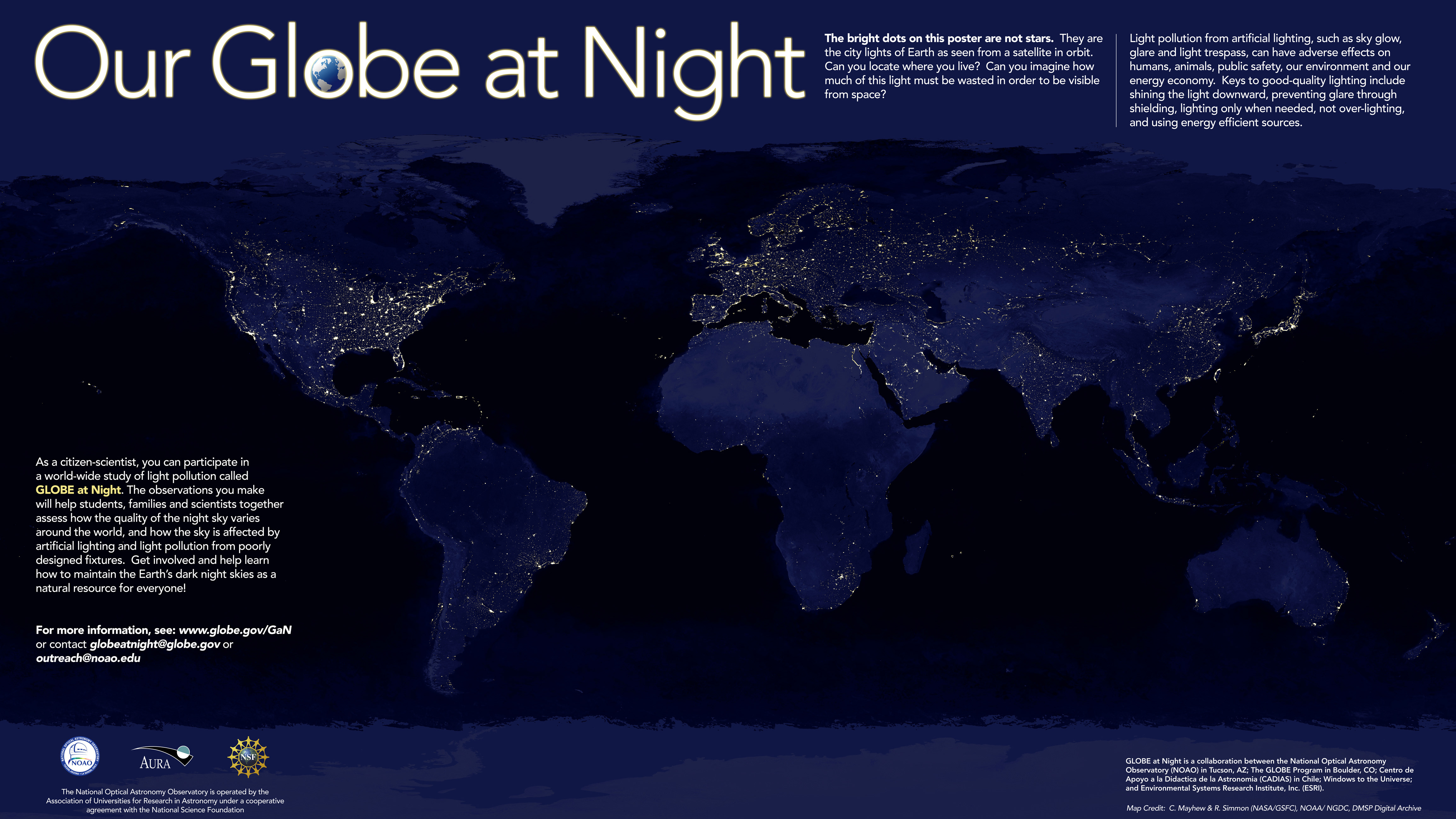Credit & Copyright: Robert Q. Fugate. APOD February 4, 2020. A Sunset Night Sky over the Grand Canyon.
Amateur Astronomy Groups and Clubs:
1. Astronomical League -
The Astronomical Leagues objective is to promote the science of astronomy:
by fostering astronomical education'
by providing incentives for astronomical observation and research;
by assisting communication among amateur astronomical societies.
For more information visit: https://www.astroleague.org
by fostering astronomical education'
by providing incentives for astronomical observation and research;
by assisting communication among amateur astronomical societies.
For more information visit: https://www.astroleague.org
2. Society of Amateur Radio Astronomers -
The Society of Amateur Radio Astronomers (SARA) is an international society of dedicated enthusiasts who teach, learn, trade technical information, and do their own observations of the radio sky.
This organization is a scientific, non-profit group founded for the sole purpose of supporting amateur radio astronomy. SARA was organized in 1981, and today has hundreds of members worldwide.
The group consists of optical astronomers, ham radio operators, engineers, teachers and non-technical persons. Many of our members are new to the field, and membership is extended to all who have an interest in radio astronomy.
For more information visit: https://www.radio-astronomy.org
This organization is a scientific, non-profit group founded for the sole purpose of supporting amateur radio astronomy. SARA was organized in 1981, and today has hundreds of members worldwide.
The group consists of optical astronomers, ham radio operators, engineers, teachers and non-technical persons. Many of our members are new to the field, and membership is extended to all who have an interest in radio astronomy.
For more information visit: https://www.radio-astronomy.org
3. NASA Solar System Ambassadors
The NASA Solar System Ambassadors program is a public engagement effort that works with motivated volunteers across the nation to communicate the science and excitement of NASA's space exploration missions and discoveries with the people in their communities.
For more information visit: https://solarsystem.nasa.gov/solar-system-ambassadors/events/
For more information visit: https://solarsystem.nasa.gov/solar-system-ambassadors/events/
4. Astronomy in Chile Educator Ambassadors Program
The Astronomy in Chile Educator Ambassadors Program (ACEAP) is a collaboration between AUI, the National Radio Astronomy Observatory, AURA, National Optical Astronomy Observatory, and Gemini Observatory, and is supported by the National Science Foundation (NSF 1439408 and 1723697). The Program brings amateur astronomers, planetarium personnel, and K-16 formal and informal astronomy educators to US astronomy facilities in Chile. While at these facilities, ACEAP Ambassadors will receive extensive training about the instruments, the science, data products, and communicating science, technology, engineering, and mathematics (STEM) concepts. When they return home, the Ambassadors will share their experiences and observatory resources with schools and community groups across the US.
For more information visit: http://epe.aui.edu/programs/astronomy-in-chile-educator-ambassadors-program/
For more information visit: http://epe.aui.edu/programs/astronomy-in-chile-educator-ambassadors-program/
5. Night Sky Network
The NASA Night Sky Network is a community of more than 400 astronomy clubs across the U.S. that share their time and telescopes to engage the public with unique astronomy experiences.
For more information visit: https://nightsky.jpl.nasa.gov 6.
For more information visit: https://nightsky.jpl.nasa.gov 6.
6. Reaching for the Stars: NASA Science for Girl Scouts
This is a program coordinated by the Astronomical Society of the Pacific, NASA and the Girl Scouts to provide the Girl Scouts with new badges, connect them with amateur astronomers in their communities and make astronomy outreach more girl friendly. For more information visit https://astrosociety.org/education-outreach/amateur-astronomers/girl-scouts-stars.html .
7. Students for the Exploration and Development of Space
SEDS is an international student organization whose purpose is to promote space exploration and development through educational and engineering projects. SEDS has chapters across the USA. For more information visit https://seds.org .
8. SETI Institute NASA Airborne Astronomy Ambassadors Program
The Airborne Astronomy Ambassadors (AAA) program is designed to measurably enhance student STEM achievement and engagement in selected school districts via professional development for middle school, high school, and community college science teachers. For more information visit https://www.seti.org/aaa
9. American Association of Variable Star Observers (AAVSO)
The AAVSO is an international non-profit organization of variable star observers whose mission is to enable anyone, anywhere, to participate in scientific discovery through variable star astronomy ( https://www.aavso.org ).
